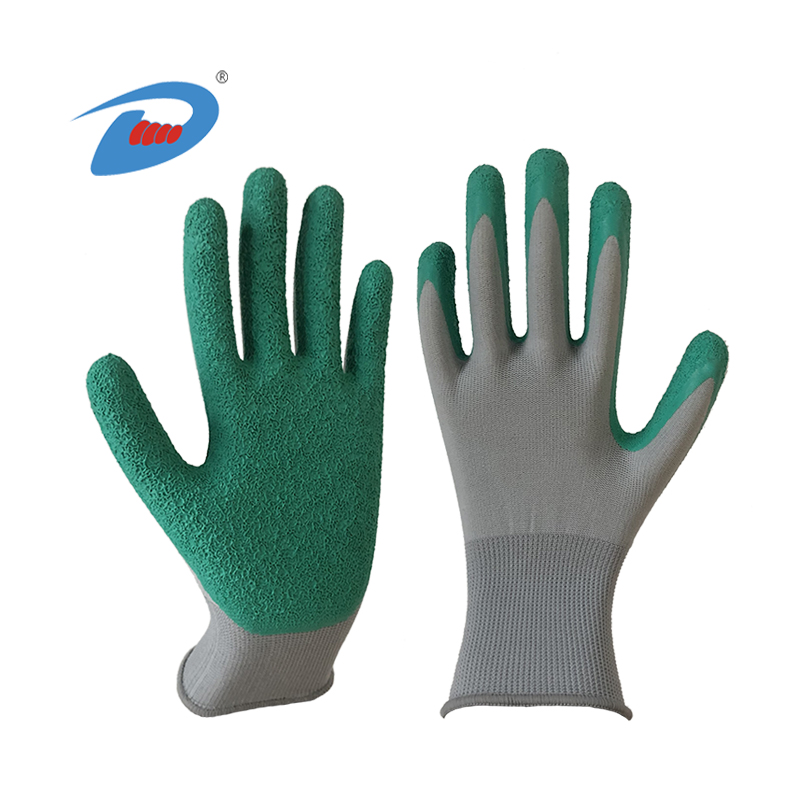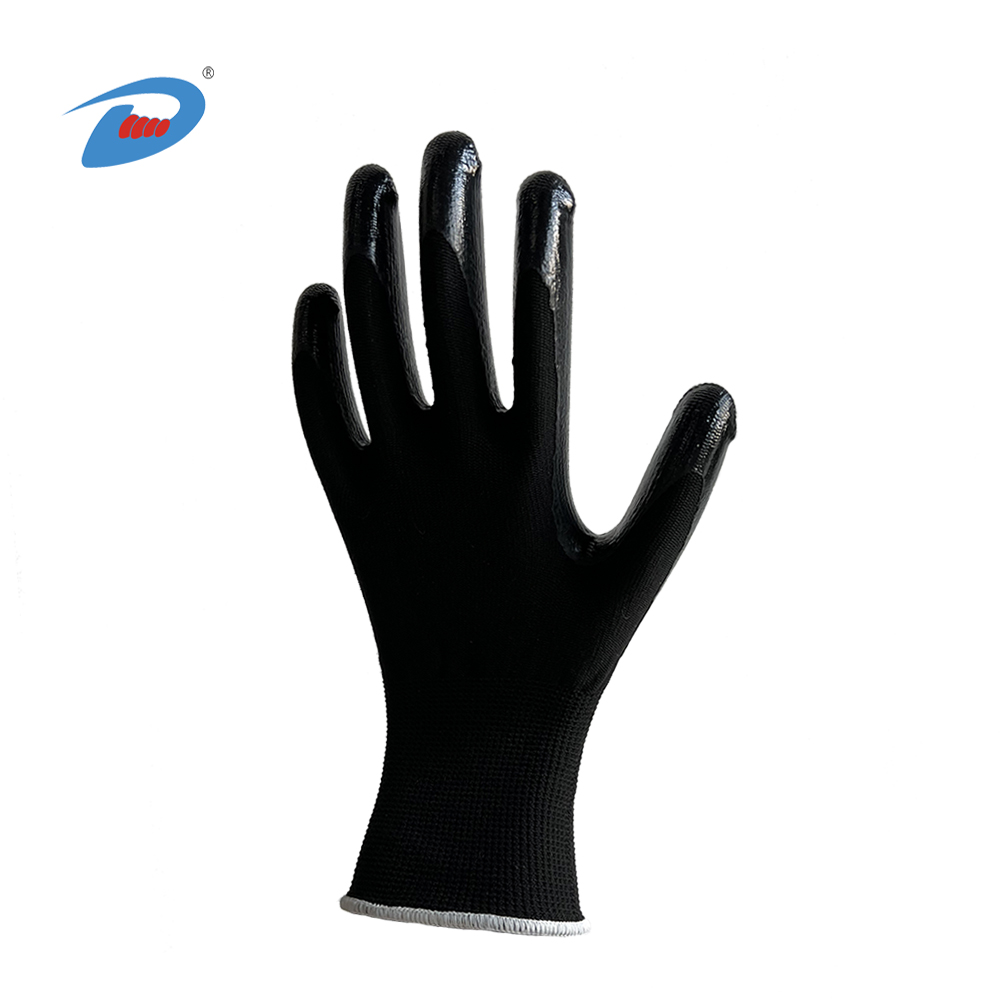In industrial production, gloves are a sharp tool to protect workers’ hands. Common ones are cotton gloves, rubber gloves, welding gloves, etc. However, under complex working conditions such as mining, welding, and chemical industry, dipped gloves are also a protective glove with a very high appearance rate.
Dipped gloves are our common latex gloves, and their production needs to undergo a “dipping” process, that is, fabric fibers are dipped in glue through a glue dipping tank to improve the maturation force between the fabric and the rubber, thereby enhancing stiffness. degree and reduce the heat shrinkage ratio, so these gloves are also called “dipped gloves”.
When it comes to the dipping process, many people may have questions – what kind of glue is the glove dipped in? Today, Raxwell will give you the classification of common dipping materials, as well as their advantages and disadvantages.
1. Natural rubber
Natural rubber is a natural polymer compound with high elasticity and cis-1, 4-polyisoprene as the main component collected from rubber trees. What is commonly referred to as natural rubber is an elastic solid made from natural latex collected from Brazilian rubber trees, which undergoes a process of coagulation and drying.
Its advantages are cost effectiveness, good physical properties, good cut resistance and flexibility; its disadvantages are poor protection against grease and organic compounds, potential allergy risk and susceptibility to decomposition and ageing.

2. Nitrile rubber
Nitrile rubber (NBR), a common chemical material, is a copolymer made from the polymerisation of acrylonitrile and butadiene monomers and is mainly produced by low-temperature emulsion polymerisation.
NBR has excellent oil resistance, good resistance to abrasion, cutting and puncturing, good flexibility and good value for money; its disadvantages are poor resistance to low temperatures and poor protection against many ketones, aromatic chemicals and moderately polar compounds

.3. PVC
Polyvinyl chloride (Polyvinyl chloride), referred to as PVC in English, is a polymer formed by the polymerization of vinyl chloride monomer (VCM) under chemical action according to the mechanism of free radical polymerization.
PVC has better physical properties and the lowest risk of allergy, but organic solvents easily wash out plasticizers in PVC, resulting in rapid penetration of chemicals.
4. PU polyurethane
PU polyurethane is the abbreviation of Polyurethane. PU products are polymer polyols and isocyanates plus various additives to adjust the foaming density, tensile force, wear resistance, elasticity and other indicators, and then fully stirred with a PU machine and injected into the mold for chain extension and cross-chain reaction. It is a new type of synthetic material between plastic and rubber.
The PU material has certain puncture resistance, cutting resistance and tear resistance, good flexibility and high cost performance, but the dipping is thin and the wear resistance is relatively poor.
5. Neoprene
Neoprene rubber is a synthetic rubber produced by α-polymerization of chloroprene (ie, 2-chloro-1,3-butadiene) as the main raw material.
Good protection, excellent chemical resistance to oily substances, acids (nitric and sulfuric), alkalis, broad solvents (such as phenol, aniline, ethylene glycol), ketones, refrigerants, cleaning agents, medium physical properties . However, this material is not as resistant to hooking, cutting, puncturing and abrasion as nitrile or natural rubber, and it is expensive.
The above is an analysis of the advantages and disadvantages of various dipping materials. Different operating environments need to select dipped gloves in a targeted manner to play a real protective role. For example, in machine maintenance, precision instruments, testing and other industries, PU dipped gloves can be used to resist tearing and cutting. Our Dexing Safety Gloves Co., Ltd. mainly produces polyester/nylon/carbon fiber knitted PU work gloves. And finger dipping process, 13-gauge liner, wear-resistant and tear-resistant, will provide the most strongest hand protection for workers fighting in various positions.
Post time: Apr-29-2022